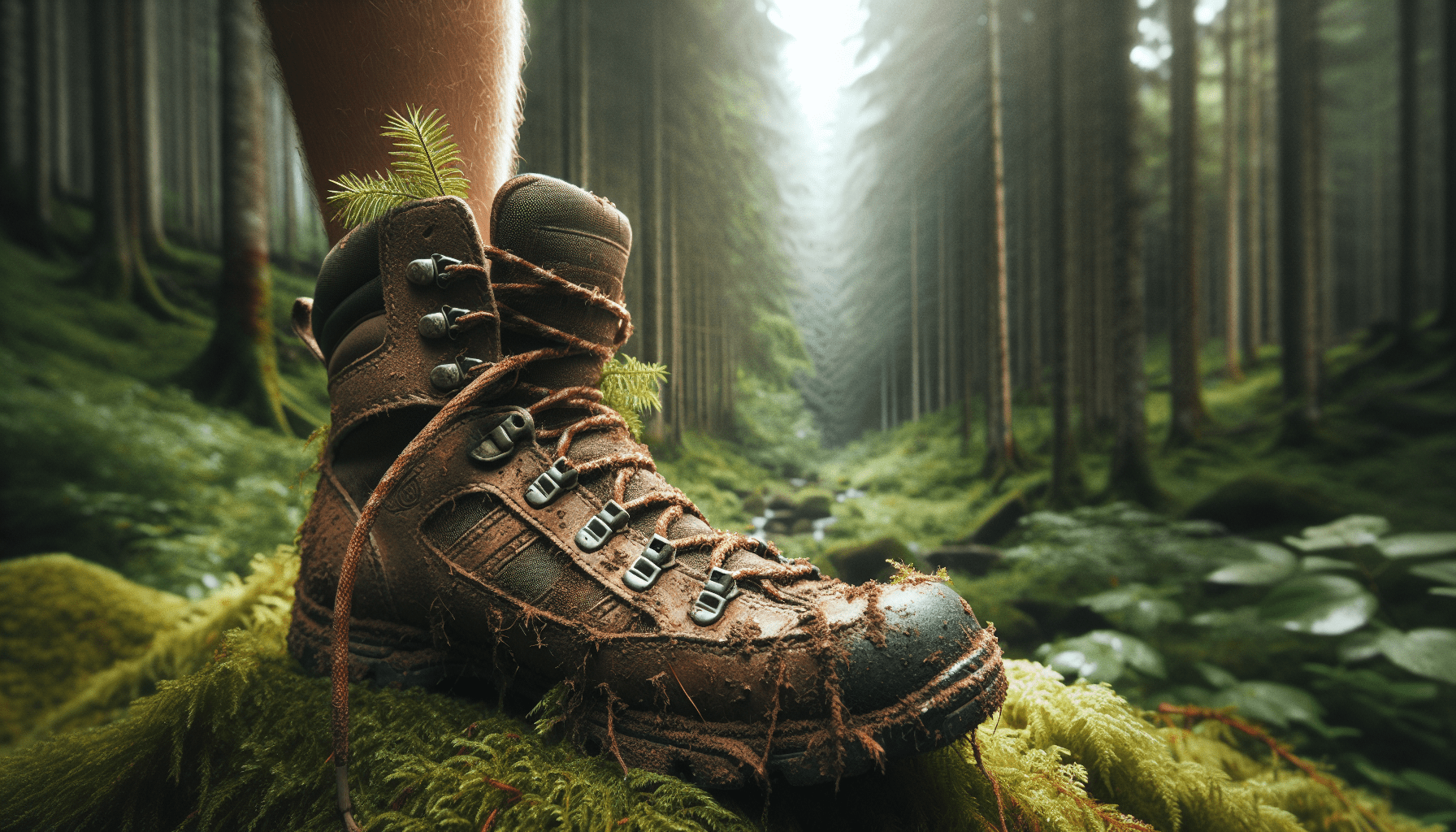Are you fascinated by real-life tales of adventure and survival in the wild? Look no further! In this article, you’ll discover a collection of captivating wilderness survival stories that will leave you on the edge of your seat. From battling the harsh elements to outsmarting relentless predators, these individuals faced unimaginable challenges and emerged victorious. Not only will these stories captivate your imagination, but they also offer valuable lessons on resilience, resourcefulness, and the indomitable human spirit. So strap yourself in and join us on a thrilling journey through some of the most awe-inspiring wilderness survival stories of all time.

Surviving a Bear Attack
Encountering a Grizzly Bear: When coming face to face with a grizzly bear, it’s important to remember that these creatures are powerful and potentially dangerous. Stay calm and slowly back away without turning your back on the bear. Avoid direct eye contact, as this can be interpreted as a threat. Make yourself appear larger by raising your arms or using any available objects to increase your perceived size. Speak calmly and firmly, letting the bear know that you are not a threat.
Fighting Back or Playing Dead?: The appropriate response when a grizzly bear attacks depends on the situation. If the bear is defensive and seems to be protecting its cubs or territory, playing dead is often the best course of action. Lie flat on your stomach with your hands clasped behind your neck and your legs spread apart to make it more difficult for the bear to flip you over. Stay still and do not fight back until the bear has left the area. On the other hand, if the bear is predatory and launches a surprise attack, fight back using any available weapons or tools. Aim for the bear’s eyes or sensitive areas such as its nose, aiming to inflict pain and deter the attack.
Using Bear Spray as a Defense: Bear spray is a highly effective tool for warding off bear attacks. It is essential to carry bear spray with you when venturing into bear territory, and to familiarize yourself with how to use it properly. Bear spray should be stored in an accessible location and easily reachable in case of an encounter. When using bear spray, aim low and slightly ahead of the bear’s path, creating a barrier between you and the bear. The spray should create a thick cloud that discourages the bear from approaching further.
Proper Food Storage to Avoid Bear Encounters: One of the best ways to avoid bear encounters is to store food and other scented items properly. Bears have an incredible sense of smell and are attracted to the smell of food, so keeping your food stored in a bear-resistant container or hanging it high off the ground and away from your campsite is essential. Additionally, cooking and eating away from your sleeping area will help prevent bears from associating your campsite with a potential food source. By practicing proper food storage techniques, you can greatly reduce the risk of bear encounters.
Lost in the Wilderness
Navigational Mistakes: Getting lost in the wilderness can be a frightening experience, but it’s essential to stay calm and think logically. One of the most common navigational mistakes is failing to bring a map and compass or relying solely on GPS. It’s crucial to have a backup method of navigation and invest time in learning how to use them properly. Navigation skills such as using landmarks, orienting yourself with the sun, and reading topographical features can help guide you back on track.
Surviving Without Supplies: In the event that you find yourself lost without supplies, it’s important to prioritize your basic survival needs. Finding water is crucial, as dehydration can quickly become a life-threatening situation. Look for natural water sources such as streams, rivers, or even digging for water in dry riverbeds. Conserve energy and focus on finding shelter and building a fire when necessary, as these will help keep you warm and protected from the elements.
Creating Shelter: Building a shelter is vital for protection against the elements and maintaining body heat. Look for natural features such as caves, rock formations, or fallen trees to serve as a foundation for your shelter. If these are not available, you can construct a lean-to shelter using branches and leaves. Ensure your shelter is well-insulated and offers protection from wind and rain.
Finding Water Sources: Without water, survival in the wilderness becomes nearly impossible. If you find yourself without water, begin by searching for nearby water sources such as streams, rivers, or lakes. If water is not readily available, you can collect dew from plants in the morning or use a cloth to gather moisture from damp areas. It’s important to purify any water you find before consumption, either by boiling it or using a water filter if you have one.
Signaling for Help: When lost in the wilderness, it’s important to attract the attention of potential rescuers. Use any means available to create a visible signal, such as reflecting sunlight with a mirror, building a large SOS sign on the ground using rocks or branches, or using brightly colored clothing to attract attention. Make noise by shouting or using a whistle to alert others of your presence.
Staying Calm and Positive: Perhaps the most crucial aspect of surviving in the wilderness is maintaining a calm and positive mindset. It’s natural to feel fear and anxiety in such a situation, but panic only worsens the chances of survival. Take deep breaths, remind yourself to stay positive, and focus on the tasks at hand. Keeping a positive mindset can help you make rational decisions and increase your chances of being found or finding your way back to safety.

Stranded in the Mountains
Surviving Extreme Cold: Being stranded in the mountains during extreme cold puts you at risk of hypothermia and frostbite. To combat the cold, it’s crucial to dress in layers, starting with a moisture-wicking base layer, insulation layer, and waterproof outer layer. Cover your head, hands, and feet with appropriate gear to prevent heat loss. Avoid sweating excessively, as damp clothing can accelerate heat loss.

